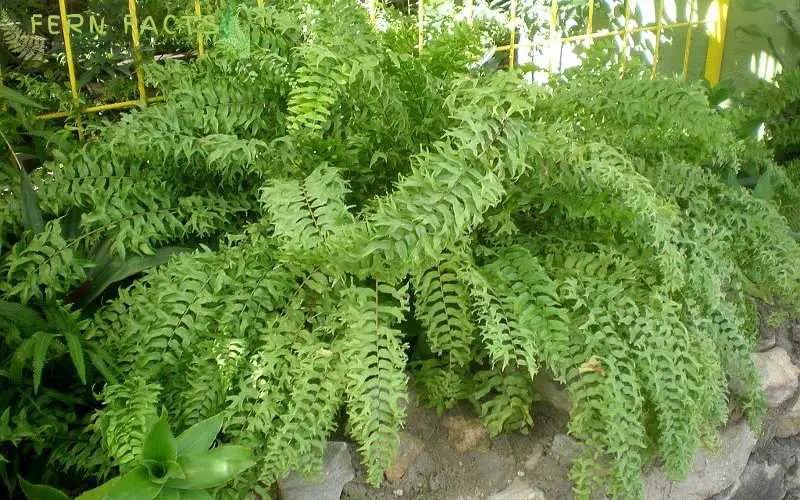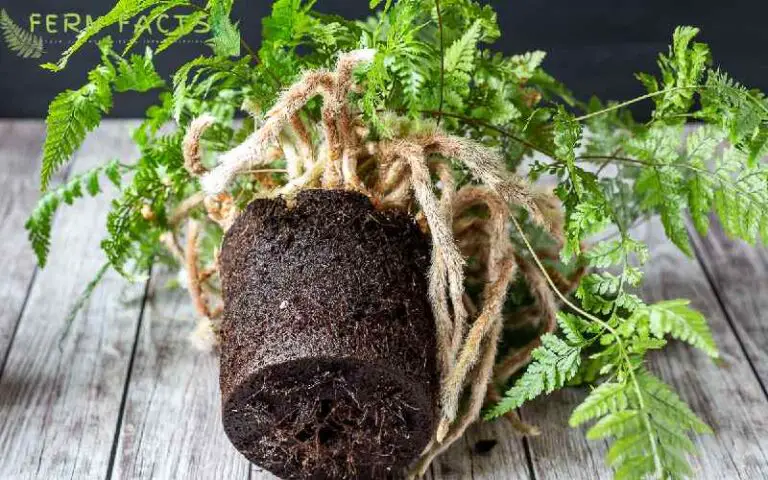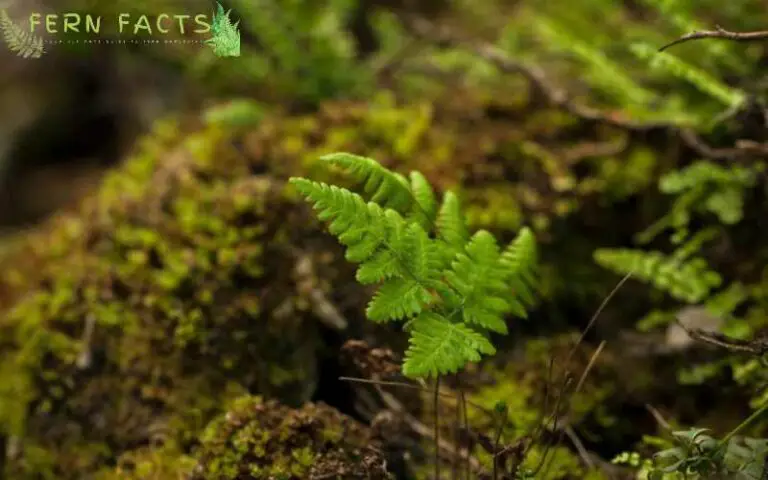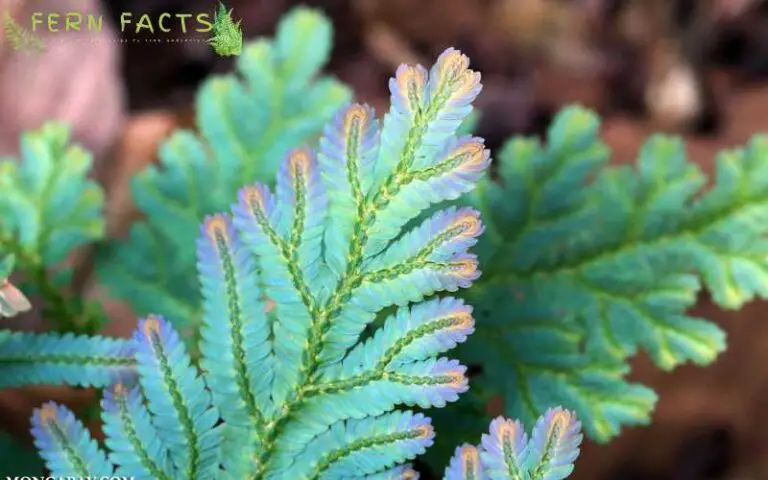Fishtail Fern (Microsorum Punctatum) – Care and Grow
Have you heard about fishtail fern? Does the name sound a little quirky to you? Well, their fronds resemble the tail of a fishtail, that’s why the name is given.
This fern is a popular ornamental plant that can enhance your garden’s appearance. So if you are interested in this fern, then go through this article.
Here I’ll give you an overall idea about these fishtail ferns and their characteristics. Besides, I’ll also share how you can propagate these ferns to have multiple plants in your garden. So let’s delve into the topic.
Overview of Fishtail Fern
- Botanical name: Microsorum punctatum
- Common name: fishtail fern, Crested fern
- Family: Polypodiaceae
- Plants: Perennial
- Native range: Africa, Asia
- Native habitats: tropical and subtropical areas
- Shade requirements: partial to full shade
- Height: around 1 m
- wide: around 60 cm
- Soil: moist and well-drained
Fishtail ferns are epiphytic ferns that are natively grown in African and Asian countries. Mostly, they prefer tropical and subtropical areas like rainforests, agricultural land, and open ground to grow.
These fishtail fern fronds are thick, bushy, and leathery textures. Their fronds almost reach around 2 m long in height and 15 cm in width. Their germinate sori are small around 0.2 to 0.5 cm in size.
These ferns almost resemble the tails of the fish; that’s why its name is fishtail fern. Also, These fern varieties are kind of related to Kangaroo paw ferns.
Moreover, this fern has been used as a medical herb for the longest period of time. Native people or tribes used to extract the frond juice out of these ferns and used them for many medical purposes like healing wounds, constipation, and diuretics.
That’s why it is renowned as one of the traditional medicines by many local native people.
Growing Requirements of Fishtail Ferns
Let’s go through the primary requirements of fishtail ferns so that you can grow these ferns in your house effortlessly
Light
In native forests, these ferns usually prefer semi-shade to full shade. So you can place them under a fully shaded place in your home as well.
However, they can also do moderately well in dappled shade as well. So try to place them inside of your house where they can get deep shade.
You can also plant them outside under a full shaded area so that no sunlight can reach out to your plant. However, they can tolerate full sun exposure, still over sun exposure might burn their glossy leathery fronds.
Water
These fishtail ferns prefer medium water or moderate amounts of watering. Hence water them once or twice a week to remain damp in the soil.
However, they can tolerate little drought, but if you want to make them thrive you need to give them moist and damp conditions.
Soil
These fishtail ferns prefer acidic, neutral soil along with a pH level of 5.5 to 7.0. That’s why, try to make their soil well-drained and slightly acidic.
You can use garden soil or premade soil from any plant store. Alternatively, you can also make the soil by yourself by adding perlite, leaf mold, peat moss, etc.
So, all these rich humus soils will balance the soil texture and make the soil well-drained. Thus, soil will balance moisture and nutrient levels in it.
Temperature and Humidity
Furthermore, fishtail ferns prefer a 60 to 70°F atmosphere to thrive. Similarly for humidity level, they enjoy around 50% humidity to flourish.
Fertilizer
For feeding these fishtail ferns, you can use liquid fertilizer at half strength during their growing seasons. Don’t over-fertilize your ferns that can harm your plants.
To ensure the correct amount, just follow the label instructions while you are applying.
Fishtail Fern Propagation Process
You can use both the division method and the spores-collecting process to propagate your ferns. Let’s go through this process in detail.
Spores Collection
If you are confident enough you may proceed with this method. However, it’s a bit of a challenging process to do if you are a newbie in this gardening field.
Still, if you want to give it a try follow the below steps here.
- First, choose your mature plants which have ripe spores (brown color) underneath.
- Then Take any white paper to collect the spores from underneath the fronds.
- Keep the paper aside for a few minutes.
- Now prepare the soil for planting your spores.
- Make sure you prepare rich humus soil with organic compost, perlite, peat moss, etc.
- Fill the container half with your new soil mixture.
- Later on, spread the spores on the surface of the new soil and slightly cover them with soil.
- After that, water the soil surface or mist on the surface level.
- Try to keep the soil moist until you see any growth.
- After a couple of weeks, you can see the new growth. After the new baby shoots become established, you can transfer new young shoots into a pot and follow the basic requirements.
Root Division
Now if you want to have quite an easy process then you may follow this root division process to propagate your ferns. It’s a less challenging process than spores collecting.
- For doing this process early spring or fall would be the perfect time to do division.
- During the early spring seasons, take your chosen plant and loosen the mix soil from the pot.
- Later remove your plant gently from the pot.
- Then, dust off the soil from the plant and rinse it with water.
- After rinsing it will be very easy to divide the roots as the soil will be more moist and damp. Divide the plants by their roots with your pruning tools.
- Just ensure each part has the same sort of roots.
- Then replant each segment into a pot or in your garden land with a new soil mixture.
- For mixing the soil, again you need to prepare rich humus soil.
- It will moderately help your fern’s growth.
- Lastly, water the plants thoroughly to sustain the hydration in your plant.
Wrap up
In short, Fishtail ferns are low-maintenance indoor ferns that can give your garden a mesmerizing view. By taking care and giving them their ideal atmosphere, you can successfully grow these ferns in your garden.
Just follow the growing requirements as I have already mentioned before. Similarly, you can have multiple divisions of these ferns by propagating these ferns.
Hope, you can flourish these fishtail indoor plants at your house.







